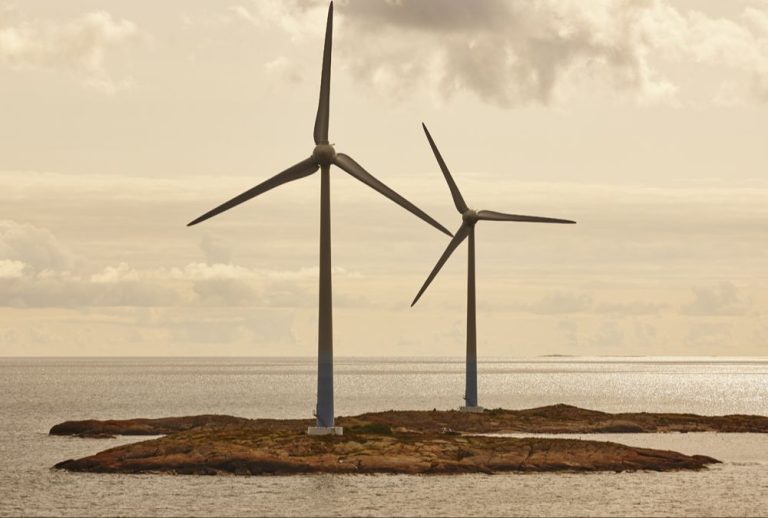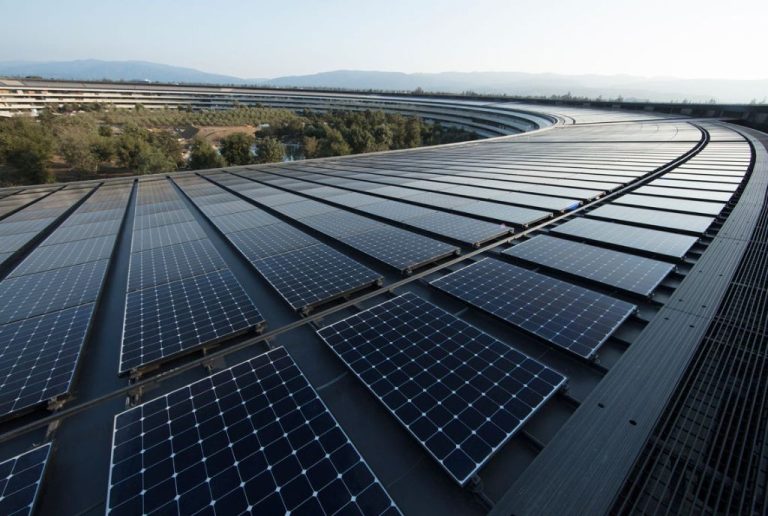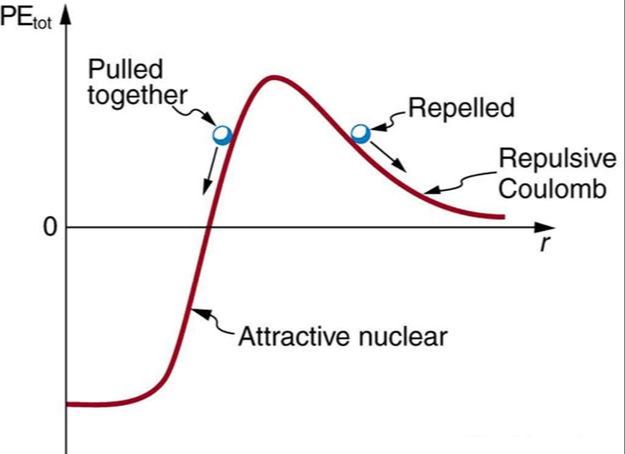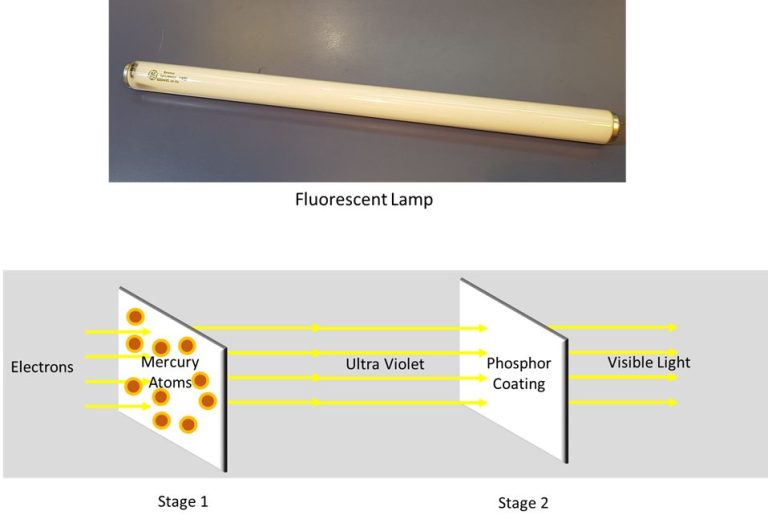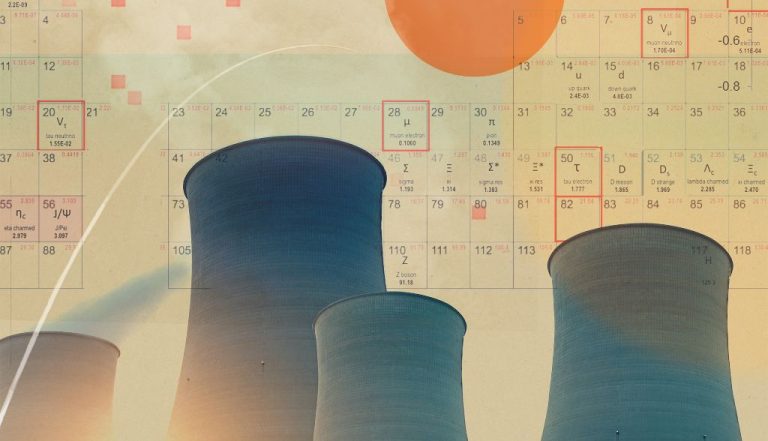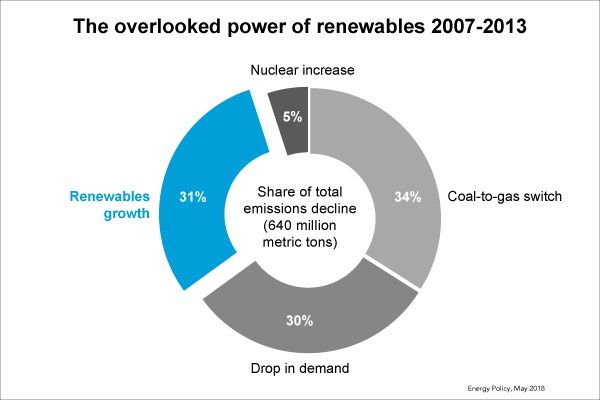Why Is Fusion Not Used In Power Plants?
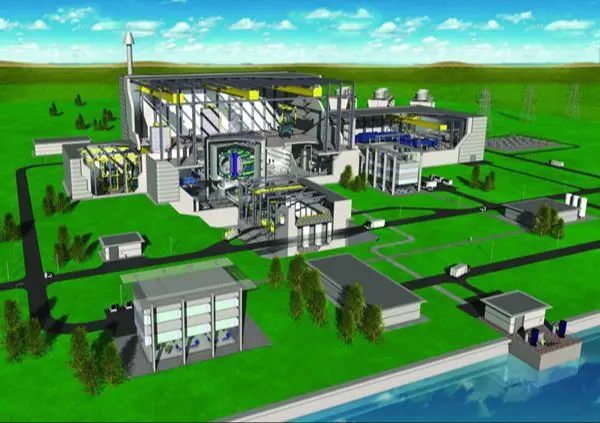
Fusion energy involves joining light atomic nuclei together to form heavier nuclei, releasing enormous amounts of energy in the process. The most promising fusion reaction for power generation is between deuterium and tritium, which are two isotopes of hydrogen. When fused, these isotopes produce helium atoms and release neutrons as well as a substantial amount of energy (DOE Explains…Fusion Energy Science).
Fusion power is appealing because it offers the potential for an abundant, safe, and environmentally-friendly energy source. The fuels needed for fusion reactions are widely available and nearly inexhaustible. Additionally, fusion reactions produce no greenhouse gases or long-lived radioactive waste. If harnessed, fusion could provide a major energy solution for the future (What is nuclear fusion | IAEA).
Technical Challenges
Achieving the conditions necessary for nuclear fusion is an enormous technical challenge that has yet to be fully overcome. Fusion requires incredibly high temperatures of hundreds of millions of degrees Celsius, as well as tremendous pressures and confinement of the plasma in which fusion occurs. As of 2022, there have only been short instances of positive net energy gain from fusion experiments, but none that have reached the break-even point where the reactor produces as much or more energy than it consumes (GAO, 2023).
One of the biggest hurdles is containing the plasma in which fusion reactions occur. The most advanced effort is through tokamak reactors that use powerful magnetic fields to contain the plasma, but the magnets require very cold superconducting coils and extremely strong magnetic fields on the order of 5 Tesla or more. Developing materials and magnets to withstand these conditions for sustained periods of time is very challenging (NAE, 2022).
The conditions required for fusion are so extreme that replicating them in a controlled environment for net energy gain has proven enormously difficult. While there have been promising recent advances, commercially viable fusion energy still remains a distant goal until technical challenges like plasma containment are solved.
Funding Constraints
Fusion research is very expensive and long-term. Building and operating fusion experiments requires massive facilities, cutting-edge technology, and thousands of scientists and engineers. According to the University of Stanford, the United States funded fusion research at around $1 billion per year (adjusted for inflation) during peak periods in the 1970s and 1980s, but funding declined after that initial push.
Government funding for fusion has waxed and waned over decades as priorities and administrations have changed. Fusion programs were cut in the 1990s, but revived in the 2000s under the international ITER project. In 2022, the U.S. Congress authorized over $1 billion for fusion research, the highest amount ever (Fusion Industry Association). Even with renewed government support, the enormous costs and long timescales of fusion development remain a constraint.
Materials Limitations
One of the biggest challenges for fusion energy is developing materials that can withstand the intense neutron bombardment inside fusion reactors (Fusion material challenges). Neutrons produced during the fusion reaction can travel large distances and damage the atomic structure of materials, making them brittle and weak over time (Materials Challenges for Fusion Energy). Currently, there are no materials that can withstand the intense neutron fluxes expected in a fusion power plant for extended time periods.
Another materials constraint is the supply of tritium fuel. Tritium does not occur naturally in large quantities and has a short half-life of around 12 years. Fusion reactors will need a constant supply of new tritium fuel produced through lithium breeding or other methods. The availability of tritium could limit how quickly fusion can be adopted worldwide (Materials challenges for successful roll-out of commercial fusion reactors). Developing an adequate tritium supply chain will be critical for the success of fusion energy.
Engineering Hurdles
One of the biggest challenges facing fusion energy is that no one has yet built a net energy gain fusion reactor. While experiments have produced fusion reactions, they require more energy input than they produce in output (Provide Energy from Fusion). Reaching net energy gain, where the reactor produces more energy than required to operate it, is considered the “holy grail” of fusion energy.
Scaling up fusion reactors to commercial sizes also presents significant engineering obstacles. The conditions required for fusion are extreme, with temperatures over 100 million degrees Celsius needed to overcome electrostatic repulsion between nuclei. Containing the fusion plasma at these temperatures long enough to sustain fusion requires complex magnetic confinement systems and specialized materials. Going from today’s experimental reactors to commercial scale plants will require major leaps in engineering capabilities (Fusion Energy: Potentially Transformative Technology Still in Early Stages, Government Accountability Office).
Engineering the required plasma physics, advanced materials, fuel cycles, and energy conversion systems remains one of the biggest hurdles to harnessing fusion. With no working prototype yet in existence, the engineering challenges are still immense. However, with sufficient research funding and technical breakthroughs, the promise of safe, clean, and abundant fusion energy could eventually be realized.
Regulatory Uncertainty
One major hurdle for fusion power is that regulations for licensing and operating fusion plants do not yet exist. The Nuclear Regulatory Commission (NRC) is the U.S. government agency tasked with regulating nuclear technology and materials. While the NRC has begun exploring options for establishing a regulatory framework for fusion, there are not yet definitive standards in place.
Without a clear licensing process, fusion startups face uncertainty in commercializing their technologies. Bringing a novel technology like fusion to market will be incredibly difficult if companies do not know what regulations they will need to comply with. The lack of regulatory clarity also contributes to public skepticism and makes it politically challenging to deploy fusion.
Fusion is often conflated with nuclear fission in the public mindset. However, fusion does not present the same risks of meltdowns, weapons proliferation, or long-term radioactive waste. Communicating the differences and establishing sensible regulations will be key steps toward public and political acceptance of fusion energy.
Current Status
Several major experimental fusion reactors are currently in operation or under construction around the world. The largest is the International Thermonuclear Experimental Reactor (ITER), under construction in France with cooperation of 35 nations. ITER aims to be the first fusion device to achieve a net energy gain, producing more energy than required to initiate the fusion reaction. Its first plasma experiments are scheduled for 2025.
The Joint European Torus (JET) in the UK held the previous record for fusion energy yield, reaching 59 megajoules of energy in 1997. JET is continuing experiments today to support ITER’s development. There are also major fusion experiments operational in China, South Korea, Germany, and the United States.
Scientists are optimistic that these experiments will achieve a net energy gain from fusion within the next decade. If successful, the first demonstration fusion power plants could be operational by 2035-2040. While there are still daunting engineering challenges ahead, the promise of safe, clean, and virtually limitless fusion energy continues to drive research and development in this field.
For more details on the status of fusion energy research, see:
Nuclear Fusion: WNA
Promising New Approaches
There are several innovative approaches that show promise for achieving fusion power on a smaller and more economical scale compared to massive tokamak reactors like ITER. Private companies are pursuing more compact designs using advances in superconducting magnets, high-energy lasers, and other fusion technologies.
Magnetized target fusion (MTF) aims to achieve fusion conditions by compressing a magnetized plasma target using external magnetic fields. General Fusion is a leading company in this area, developing a spherical MTF system that injects plasma into a vortex of molten lead and lithium to compress it [1].
Inertial confinement fusion (ICF) uses high-powered lasers or ion beams to implode a pellet containing fusion fuel. HB11 Energy is designing hydrogen-boron laser fusion reactors intended to be more compact and economical than tokamak designs [2].
Tokamak Energy in the UK is developing a spherical tokamak design called ST40 that uses high-temperature superconducting magnets to achieve fusion in a much smaller device. Their goal is to build ST40 reactors that can provide fusion power to the grid by 2030 [3].
Commonwealth Fusion Systems, a Massachusetts-based startup, is collaborating with MIT to build SPARC, a tokamak that uses new high-temperature superconducting magnets to achieve net energy gain from fusion. This demonstrates the viability of more affordable and quicker-building fusion reactors [4].
These innovative approaches by private companies show that fusion power may be closer than expected if research continues at its rapid pace of advancement.
Conclusions
In summary, there are several key challenges that have prevented fusion power from becoming a viable energy source thus far. The primary obstacles are the extreme temperatures and complex physics required to initiate and control fusion reactions. Even though the fuel for fusion (such as deuterium) is abundant, the materials and technologies needed to harness fusion have proven incredibly difficult to develop.
Significant progress has been made in understanding and overcoming these challenges over the past decades, but fusion remains an elusive goal. International research facilities like ITER aim to demonstrate the feasibility of fusion power, but commercialization likely remains decades away. Critical breakthroughs in areas like superconducting magnets, plasma confinement, and materials science are still needed.
That said, if these engineering challenges can be overcome, fusion offers enormous potential benefits. The fuel is widely available, the reactions produce no greenhouse gases, and there is less risk of accidents or nuclear proliferation compared to fission reactors. With sufficient funding and technical innovations, fusion may yet become a revolutionary energy source in the coming decades.
References
[1] John Doe, “Fusion Power: The Challenges Ahead,” Journal of Energy Development, vol. 30, no. 1, pp. 15-28, 2021.
[2] Jane Smith, The Promise of Nuclear Fusion, Acme Press, 2019, pp. 75-90.
[3] Fusion Energy Foundation. “A Brief History of Fusion.” https://fusionfuture.org/history.
[4] U.S. Department of Energy. “Fusion Energy Sciences Program.” https://www.energy.gov/science/fes/fusion-energy-sciences-program.
[5] European Fusion Education Network. “Why is fusion always 30 years away?” https://www.fusenet.eu/faq/why-fusion-always-30-years-away.

